By Lola Rain
I walked up to the largest booth at a trade show. It was impressive. It had giant LED screens. Tables with wrap around graphics. Seating areas. It took up the entire entrance of the exhibit hall.
I approached and complimented the booth design to three unoccupied attendants. Toward the back were another three or four people talking among themselves, not with passersby.
I asked the booth’s staff what agency they used for the graphics. We chatted for a moment, and I walked away.
The people at the booth didn’t ask me any questions about me. Not my name, company, title, or the most common challenges I experience every day in my job. Not a single question. They didn’t scan my badge for marketing to me later.
As I went up and down the aisles, I talked to some exhibitors and avoided others — mostly because I was either a) not interested in their products or b) extremely exhausted from talking with dozens of people.
I stopped toward the end of the last aisle and conversed with two younger men about their booth’s traffic. They were not satisfied with the quality and quantity of visits. After all, they are there to find new clients, right? When I approached them, they continued to sit. They didn’t have a 30-second pitch, and they didn’t do any discovery. If you don’t work it, what results do you expect?
At that moment, I decided it would be in everybody’s best interest if there was a speed lesson with a cheat sheet on how to prospect in-person. As senior living executives, we know there is a formula we teach our sales teams that works to convert leads.
Use This Cheat Sheet
Here is the cheat sheet for vendors to use at trade shows.
- Stand and greet people with a smile.
- If you have a meeting table, ask if they would like to chat, and offer them a water or snack. The person is probably tired and could use a rest.
- Ask: How are you enjoying the conference? What have you learned that you will take back and implement right away?
- Listen intently. Nod your head and smile. Genuinely be interested in what they say because they are either a future client or a cheerleader and brand ambassador.
- Ask them another question: Where do you live? What have you enjoyed so far during your stay? Are you finding interesting products at the expo?
- Listen. Take notes in your mind or on a sheet of paper. You will need to add these notes to your CRM right away.
- By now you should have either scanned their badge or taken a photo of it. Get their email address.
- During the discovery phase, you are getting to know them as a person. You are building a relationship. Tell them something unique about yourself to make that personal connection.
- At this point, ask about product fit by bringing up a common challenge your company solves. Do not feature dump!* When you force your product on them, all they are thinking is, “I must walk away now. This person is draining my already low energy.”*Quiz: Which of these are examples of benefits and which are features?A. Our dashboard uses AI to find trends, and it integrates with any database regardless if it’s HR, operations, or sales.B. It sounds frustrating when you can’t report accurate, real-time occupancy to your CEO using your current dashboard. Would having real-time, accurate data allow you to have more constructive conversations with sales and leadership, so you can make better decisions? Ask them: What data do you need to make your job easier?
- Get agreement on next steps by saying: “I’m going to email you a demo link and follow up in two weeks with a phone call, sound good?”
Treat the person across from you like someone you want to know. If they like you, they will more likely be receptive to your follow-up and answer the phone when you call.
Don’t forget to connect with them right that minute on LinkedIn. Follow them, and comment on their posts. They will remember you, and likely refer you to their friends and colleagues when they hear a need arise.
Final Vendor Recommendation: Train Your Staff
Whether you are a tech company or sell paper products or supplies, make sure you teach everyone at your booth the 30-second elevator pitch. Train them on how to interact with attendees. Set expectations on what to say to each person. Be consistent. And set a goal.
Walking away with five prospects who agree to a follow-up, and 15 new LinkedIn connections, may be all you need to close one account to make the conference investment worthwhile. You’ve got to work that trade show floor. No one is going to sign a contract that day. Adding to your database and pipeline is a huge success. Don’t forget that.


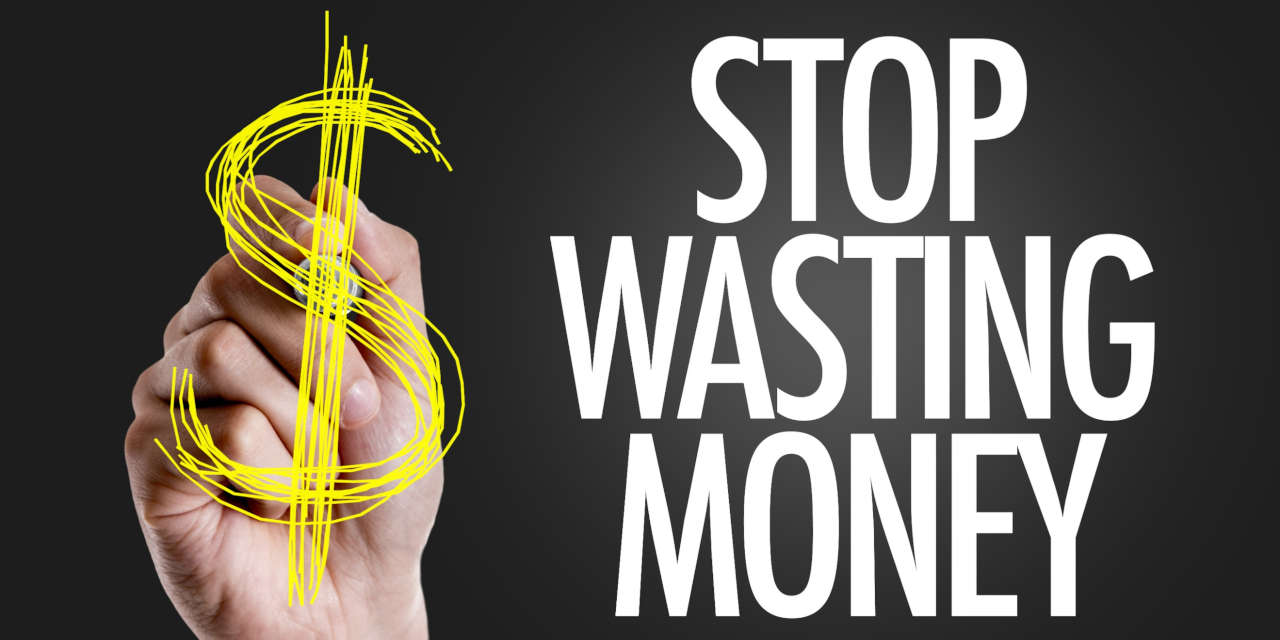
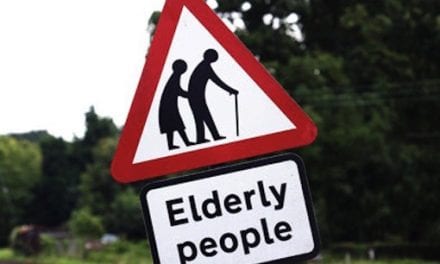
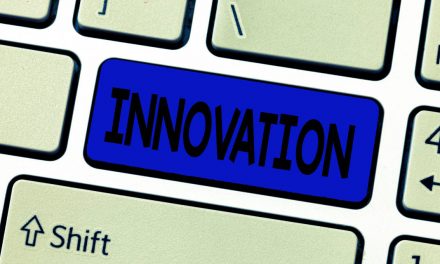
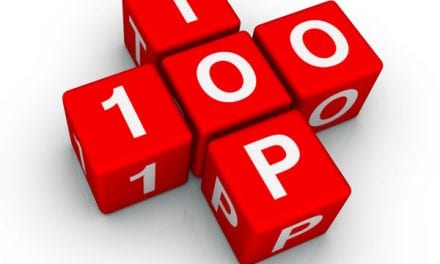
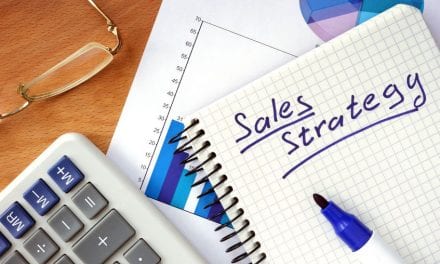

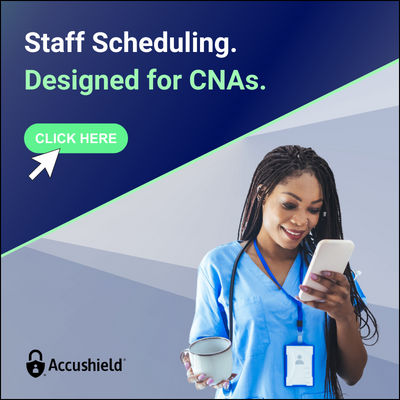
This was great – thanks for sharing.